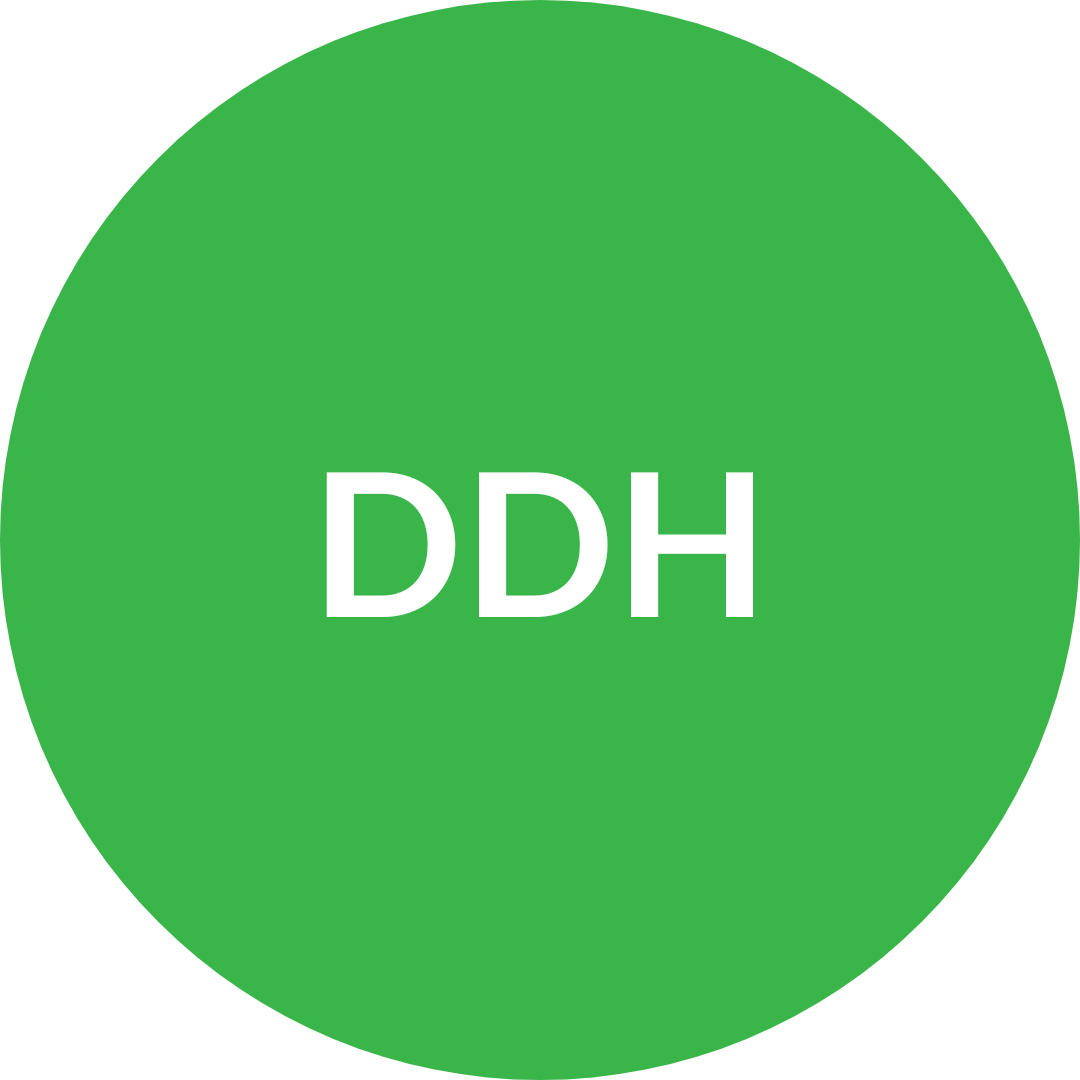Global Hip Dysplasia Registry
About GHDR
The Global Hip Dysplasia Registry (GHDR) is a comprehensive, prospective international registry for all infants and children that are diagnosed with or have risk factors for developmental dysplasia of the hip (DDH).
The goal of this initiative is to identify best practices and standardize treatment and management strategies in order to optimize clinical and functional outcomes for patients with DDH.
GHDR
A Global Registry for Developmental Dysplasia of the Hip.
5 CONTINENTS
32 CENTRES
7.5 K PATIENTS
8 COUNTRIES
Registry Objectives:
Develop a longitudinal, prospective registry for infants and children diagnosed across the spectrum of DDH.
Develop targeted hypothesis-testing studies (i.e., RCTs) performed within the larger registry context.
Hip Condition:
Developmental Dysplasia of the Hip (DDH)
Our Work
2023
Action Plan:
Fully onboard South American centres and begin recruiting patients
Launch the first Randomized Control Trial (RCT) from within the registry
Achievements:
Onboarded first centres in Africa
Awarded a CIHR Grant for the first Randomized Control Trial (RCT) from within the registry
2024
Achievements:
GHDR surpasses 6,700 patients enrolled
Recruitment has now begun at 2 sites for Brace vs Observation RCT
4 additional sites have gone through onboarding training
2022
Achievements:
GHDR changes its name from the International Hip Dysplasia Registry to the Global Hip Dysplasia Registry
GHDR surpasses 5,300 patients enrolled, with 1,000 patients enrolled from BC Children’s Hospital
2021
Achievements:
Patient recruitment increases after the slowdown from the COVID-19 pandemic
Reached a recruitment milestone of 4000 patients worldwide
2 study publications from participating investigators
Under-represented regions are targeted for registry participation
Began onboarding of first sites in South America








